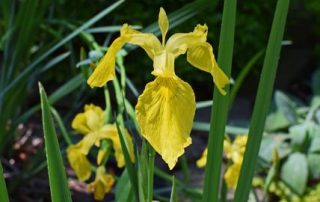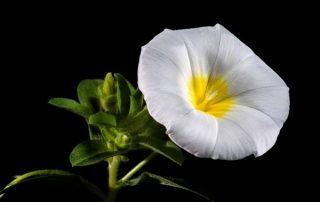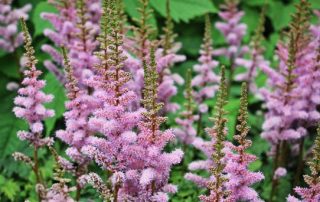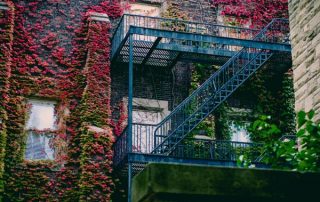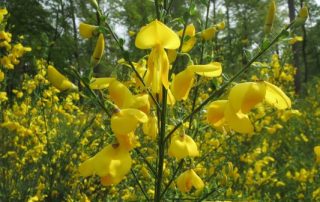East Lang Landscaping’s Do’s and Don’ts of Landscaping
Landscaping is an art and sky is the limit when it comes to spending time and money in creating a perfect landscaped outdoors for your property. Designing a space to create a pleasant environment requires a lot of patience and attention. There are several basic do’s and don’ts followed by landscape designers to ensure quality work.
Budgeting Your Landscape Design – Don’t Start Without a Budget
It is very common to go over the budget and create a complex landscape which is not only difficult to create and is also difficult to maintain. First thing is to hire a professional to help you decide how to transform your imagination into reality. A landscape consultant will help you develop a plan so that your landscaping dollars are used in the best way. There are some basic things to follow that can keep the budget, the setup, and the maintenance on track, such as using native plants and shrubs in your design.
Plant Local Flora in Your Landscape
A landscape is a success when it blends in with the local environment and has local colors and flavors. Exotic plants look good but are high maintenance.
Another very important point to remember while choosing plants for a landscape is the type of plants. Maintenance of landscape it much easier and cost effective if there are no invasive plants. At East Lang Landscaping we take this very seriously. We make sure that no invasive plant species are introduced during our work. We understand that one wrong plant can create havoc not only in the client’s area but affect the neighbors too!
Therefore, while choosing plants for your garden, we look up thousands of native plants that are more resistant to diseases, seasonal temperature change, and will fit the landscape design. For example, instead of planting Dame’s rocket, a perennial flower that invades landscape margins we can use Garden phlox or instead of Norway maple use Sugar maple.
Here is a list of Invasive plant species found in Fraser Valley:
Giant Hogweed
Himalayan Balsam
Himalayan Blackberry
Morning Glory
Knotweed Species
Purple Loosestrife
Scotch Broom
Spotted Knapweed
Yellow Flag-iris
Yellow Archangel
English Ivy
Planting in The Right Spots
Another big don’t or big thing to note is where you plant trees. Yes, trees grow tall and spread their canopy, they create a beautiful visual, but their roots spread far under the ground. Therefore, while choosing a spot to plant a tree ensure that it will not harm other parts of the landscape or the building structure.
Another important point to remember is lighting. The pathways, the corners will look mesmerizing in the evening with the right lighting. An experienced landscape designer will include all the elements in the landscape design to create a perfect look.
A landscape must have a focal point, such as a fountain, a sculptor or anything another element that will draw the attention of an onlooker. A cluttered, unplanned landscape is an eye-sore. The good thing about working with a landscape designer is that a designer will channel your likes and dislikes, your preferences to develop a design that you will love, and your guests/ visitors will enjoy.


